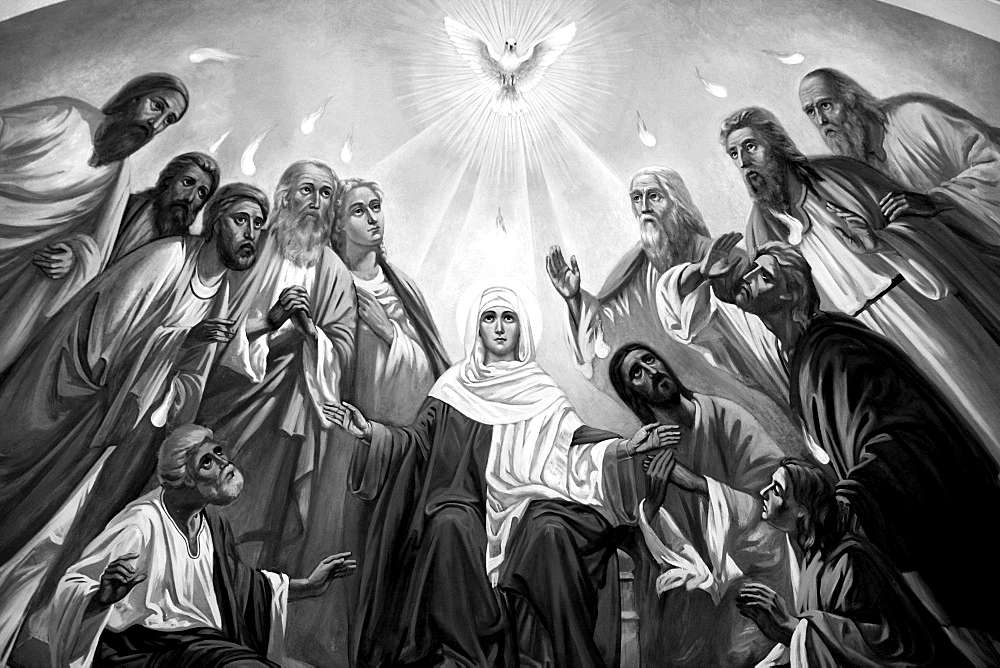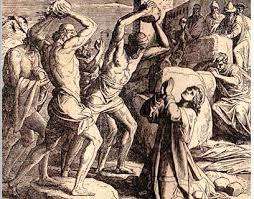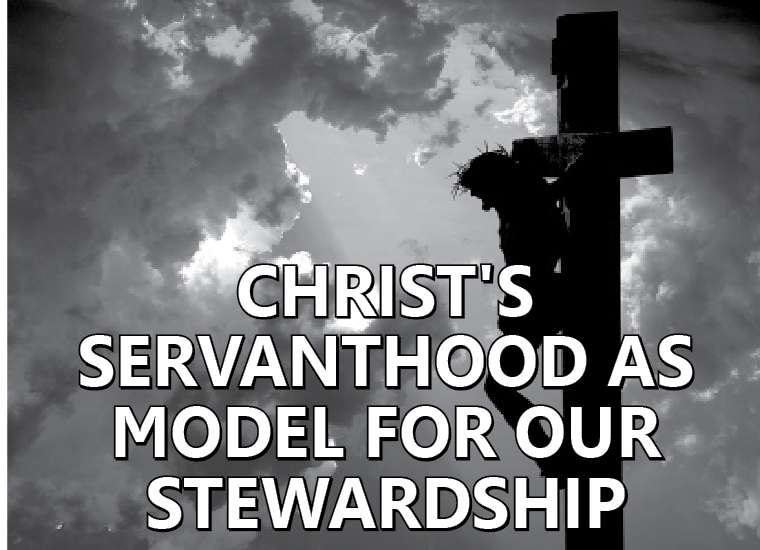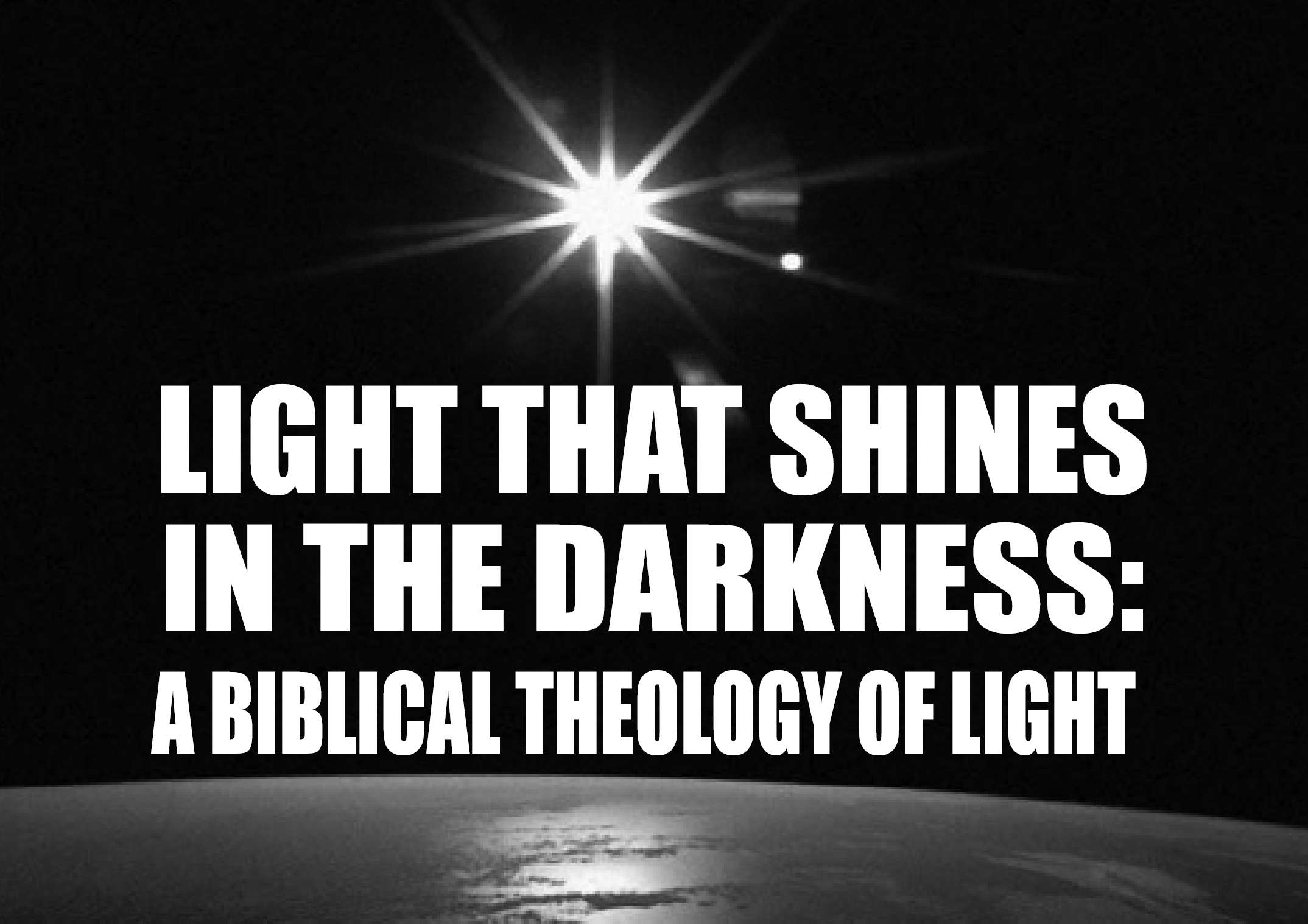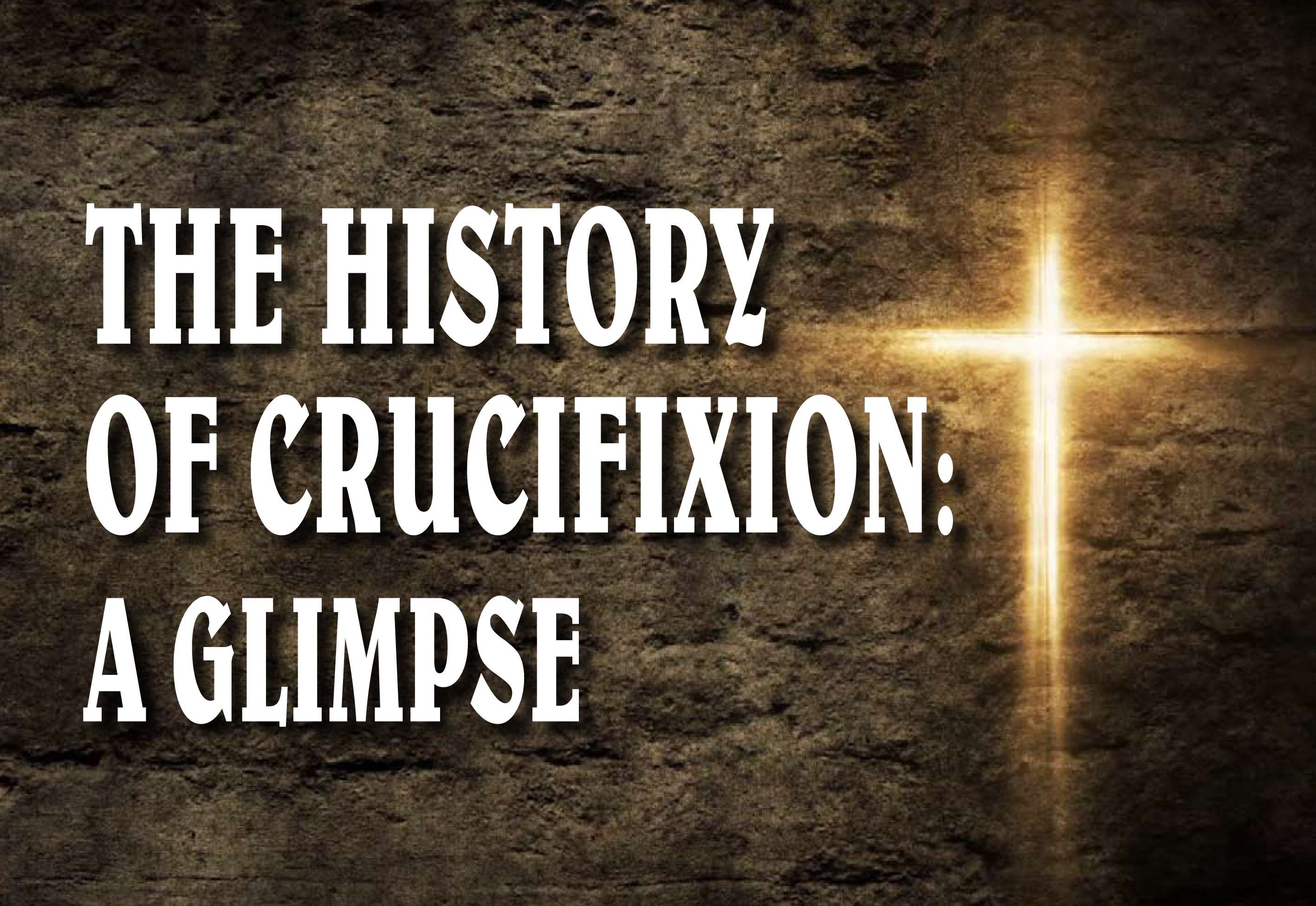
A Movement “Arising and Shining”: Explosive Growth of Pentecostalism in India
Dr. Shaibu Abraham
In India, the Pentecostal movement has grown significantly, making it one of the fastest-growing Christian denominations. Recent reports in newspapers, social media, and other communication channels, as well as even the strongest critics of the movement, concur that Pentecostalism is rapidly growing across nearly all states of India. In certain North and North-Eastern Indian states, the growth is reported to be over 15% or more of the total population, while recent media reports claim that majority of South Indian states have witnessed an even greater increase, reaching 20-25%, making it a movement “Arising and Shining.”
Numerous independent Pentecostal churches, mission agencies, house churches, and established Pentecostal denominations—such as the Indian Pentecostal Church (IPC), Assemblies of God (AG), and the Church of God—together form the Pentecostal movement in India. Though these groups originated in different geographical locations and were founded by various individuals, they share common characteristics. In fact, they can be collectively referred to as Pentecostal Movements. Every day, new independent Pentecostal and Pentecostalised churches are emerging across India, both in cities and remote villages. For instance, the Evangelical Fellowship of India (EFI), an umbrella organization for evangelical groups in India, oversees approximately 35,000 independent churches. Richard Howell, General Secretary of EFI, states, “These are strictly registered churches with a certain level of maturity, and 5,000 such churches have been established in the last five years. However, there are many independent churches that are neither registered nor affiliated with us.” The reality is that various strands of Pentecostalism account for the most significant church growth in India in recent years.
Many observers note that Pentecostal churches have spread throughout India through church planting, mission work, and evangelism. They can be found in almost every region of the country, including areas historically resistant to Christian missions, such as Gujarat, Madhya Pradesh, and Arunachal Pradesh, as well as in established Christian strongholds in South India, particularly Tamil Nadu, Kerala, and Andhra Pradesh. For example, India Today magazine highlights the growth of an independent mission groups through the testimonies of Pentecostals. Similarly, Chad M. Bauman presents the testimony of a Pentecostal pastor who claimed that his urban church had grown from 15 to 5,000 members over 33 years, with 70% of the converts coming from Hindu backgrounds. Given its rapid expansion and the proliferation of independent groups, Pentecostalism in India appears to be transitioning from a movement to a mainstream expression of Christianity in the country.
According to Ninan Thomas, the globalization of Christianity is essentially the globalization of Pentecostalism. Pentecostalism encompasses charismatic churches that operate independently of mainstream denominations, tele-evangelists, indigenous churches, and numerous house churches. In November 2022, India Today magazine reported the massive growth of Pentecostal churches in Punjab. A study conducted by Sabweshar Sahoo, a sociologist from IIT Delhi, among the tribal population of South Rajasthan, revealed that Pentecostalism is spreading among tribal groups in rural villages of Rajasthan. Not only villages, but also cities and towns across India have witnessed the rapid growth of the Pentecostal movement. Many megachurches have emerged in metropolitan cities such as Bangalore, Chennai, and Kolkata. Sociologists and Pentecostal observers have also noted that independent Pentecostal groups are rapidly growing in urban slums, becoming beacons of liberation and transformation for the poor and Dalit communities, particularly among women.
Factors behind the Rapid Growth of Pentecostal Churches
The rapid growth of the Pentecostal movements in India, amidst diverse religious traditions, raises important questions. Why is the Pentecostal movement growing at such a rapid pace, and what are the key reasons behind its success among ordinary people? We can outline a number of factors that are behind the massive growth of the movement.
Emphasis on the Work of the Spirit: One key reason for its success is its emphasis on supernatural experiences, alongside social, cultural, and economic factors. Like Pentecostals worldwide, Indian Pentecostals practice biblical gifts such as healing, exorcism, and prophecy. This attracts not only those suffering from illness and oppression but also individuals who share this worldview. Pentecostal missionaries, evangelists, and pastors actively visit remote tribal and lower-caste villages, preaching salvation through Christ while praying for the sick and the demon-possessed, providing both spiritual and tangible relief, which significantly contributes to the movement’s rapid expansion.
Pastoral Care and Fellowship: Another key factor driving the growth of Pentecostalism in India is its deep understanding of the struggles of ordinary people and its innovative pastoral care. Pentecostal churches provide emotional and spiritual support, emphasizing personal salvation and a life of holiness. Every member is valued and given personal attention, which particularly appeals to those from marginalized backgrounds who have faced neglect and social stigma. In larger cities, where many seek jobs and stability, Pentecostal churches offer comfort, strength, and emotional support, helping individuals cope with life’s challenges. They assure believers that Christ is present in every step of their journey. Additionally, Pentecostal churches create networks and solidarities that help people dispossessed by globalization. Besides, Pentecostal churches provide strong sense of fellowship and mutual support. People from lower-classes, Dalits and tribal backgrounds are readily accepted and supported in Pentecostal congregations unlike other Christian denominations, other religious traditions or caste-based Hindu society.
Social and Economic Transformation: Sociologists and anthropologists, both Indian and foreign, have noted that these marginalized groups find comfort, liberation, and transformation within Pentecostal churches. The movement provides preaching, prayer, worship, and fellowship that instil a positive outlook and equip members to face life’s challenges. Pentecostal spirituality, with its emphasis on the Holy Spirit, vibrant worship, divine healing, exorcism, and prophecy bring tangible changes in the lives of Dalits and tribals. Beyond spiritual renewal, joining Pentecostal churches often leads to improved financial stability due to disciplined and holy life, joy, and overall well-being for their families. Sociologists and anthropologists have noted that these marginalized groups find comfort, liberation, and transformation within Pentecostal churches. This combination of spiritual assurance, social inclusion, and practical support makes Pentecostalism a compelling movement for many downtrodden sections within Indian society.
Women’s Empowerment: One of the most significant and impactful features of Indian Pentecostalism is its ability to liberate and transform women, especially those from Dalit, tribal, and other oppressed communities. Observers highlight the profound energy Pentecostalism provides in radically changing the lives of marginalized women. Pentecostalism offers a "third way" for Indian women, giving them access to new mobility—both physical and intellectual—through the public spaces and roles created by Pentecostal churches. This newfound freedom, agency, and moral authority allow Dalit Pentecostal women to challenge traditional gender dynamics within their communities.
Pentecostal churches, especially smaller independent ones, offer essential spiritual and emotional support to women facing violence, exploitation, and societal subjugation. Many women find peace and safety in their families as a result of Pentecostal spirituality, and it’s reported that many violent men have been reformed through involvement in Pentecostal congregations. In fact, more women than men attend Pentecostal services, where they share testimonies of healing and deliverance, encouraging others to join. These churches provide mental and emotional solace, especially for Dalit women, who find both spiritual peace and moral support from fellow women who have faced similar struggles. Studies show that these women experience immense emotional and spiritual healing, which helps them cope with life’s challenges and transform their personal and family lives.
Orality and Contextualisation: Oral presentations of Pentecostal spirituality to ordinary and uneducated people in villages and slums make it accessible to them, providing a culturally relevant way to understand and practice faith. Biblical teachings, doctrines, and essential aspects of the movement are conveyed through preaching, testimonies, songs, prayer, and worship rather than through written liturgies. Moreover, the contextualization of Bible stories and the distinctive practices of the movement enable the poor, women, and other marginalized sections of society to connect with it more easily. For instance, Pentecostal preaching, worship, and mission activities are highly contextualized according to geographical locations, which greatly benefit the people and attract them to the Pentecostal faith.
Mission Activities by Common Believers: Indian Pentecostalism is at the forefront of mission activities. Observers note that Pentecostals are the most mission-minded group within Indian Christianity, often facing opposition, violence, and even death for their efforts. Bauman highlights that Indian Pentecostals are perceived as the most aggressive in their evangelistic strategies, focusing intensely on winning souls and targeting marginalized communities, which often draws criticism. However, what makes Pentecostal missions unique is that they are not primarily driven by specialized agencies or formally trained missionaries. Instead, ordinary believers—many of whom are poor and uneducated—lead the evangelistic efforts. These individuals, having experienced divine healing, deliverance from demonic oppression, and spiritual transformation, share their faith with family and community members. Their testimony-driven approach attracts more people to the churches. Contrary to allegations by Hindutva groups and other Christian denominations, these evangelists are neither paid nor professionally trained. Instead, they are motivated by their personal experiences, the power of the Holy Spirit, and a deep love for their fellow citizens.
At the same time, the movement faces both external and internal obstacles that hinder its growth and consolidation. While there are many challenges, let us focus on two key aspects:
Persecution: One of the major challenges hindering the “shining and arising” of Indian Pentecostalism is the widespread persecution and violence against Pentecostals. Since the inception of the Pentecostal movement in India, its followers have faced opposition from various religious traditions and even other Christian denominations, as the movement has drawn people from their communities. However, systematic and intense violence against Pentecostals escalated with the rise of the Hindutva movement. According to Bauman, both high-status Christians and higher-caste Hindus have consciously or unconsciously harboured prejudices against Pentecostals. The primary reason for these attacks is their aggressive evangelistic and mission activities. Besides, the movement’s strong presence among marginalized communities and its countercultural stance against oppressive social ideologies have made Pentecostals frequent targets of persecution.
Pentecostals’ marginalization and lack of institutional protection further expose them to attacks. Many independent or quasi-independent churches lack a supportive denominational network. In cases of violence, they receive little legal or social protection, often facing false accusations and arrests due to collusion between law enforcement and Hindutva elements. Many missionaries, pastors, and believers are imprisoned without cause or used as scapegoats for political gain.
Conflicts and Dissension within Pentecostal Denominations: Another significant factor hindering the growth and influence of the Pentecostal movement is the infiltration of unspiritual individuals, divisive practices, internal conflicts, and legal disputes among older Pentecostal denominations, particularly within the leadership of older churches. In today’s Pentecostal churches, both in leadership and among the laity, a decline in personal integrity and moral uprightness is becoming evident. Practices once considered unholy are gradually re-emerging within the movement. Fraternal unity and egalitarian values are being replaced by superiority complexes and an emphasis on members’ financial status. Hierarchical structures have become the norm in Pentecostal denominations, with leadership struggles and competition for positions overshadowing the movement’s original reliance on the power of the Spirit. These internal conflicts often lead to legal battles and, in some cases, even physical violence. While early Pentecostalism also faced similar challenges, its strong emphasis on spirituality helped counteract such tendencies. However, in the contemporary setting, Pentecostal spirituality does not function as it once did, allowing human ambitions to take precedence. As a result, while Pentecostal missions continue to expand in newer fields, growth has plateaued in older, more established denominations.
In summary, the Pentecostal movement is rapidly growing across India, bringing liberation and transformation to common people, Dalits, tribals, and women from marginalized communities. Both southern and northern states are experiencing widespread growth, a phenomenon recognized by sociologists and observers. Several factors contribute to this expansion, including the emphasis on the work of the Spirit, pastoral care and fellowship, energetic mission efforts by believers, contextualization, and women’s empowerment. However, challenges such as persecution and internal divisions within denominational structures hinder the movement’s growth and stability. Addressing these negative factors while reinforcing the elements that drive expansion will help Pentecostal groups strengthen their impact. By doing so, the movement can continue to be a powerful transformative force in India.





